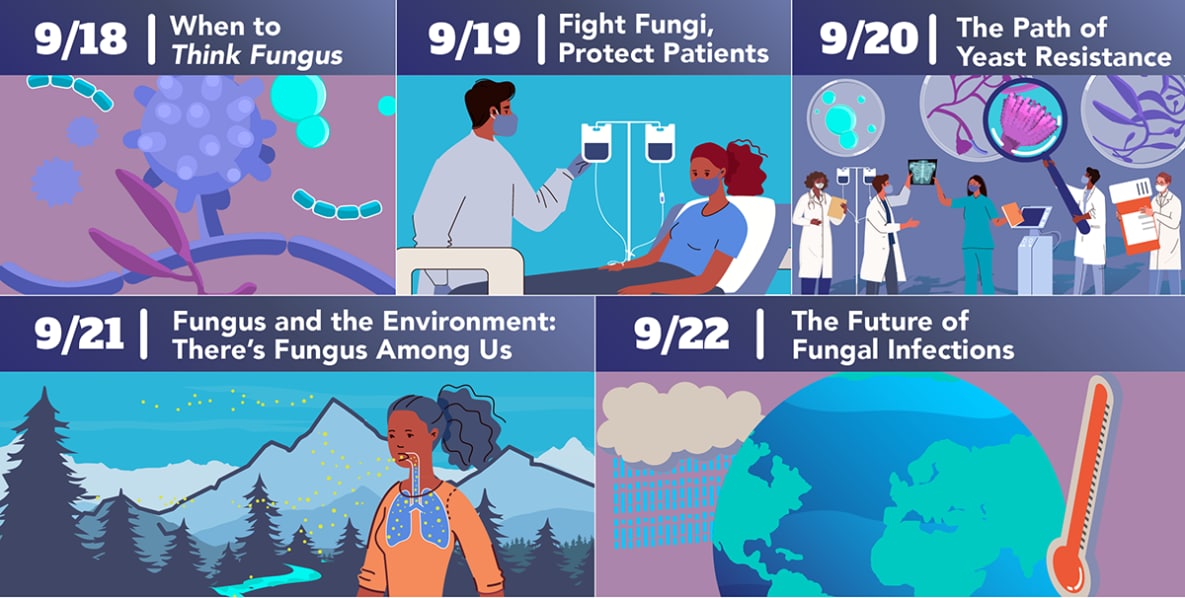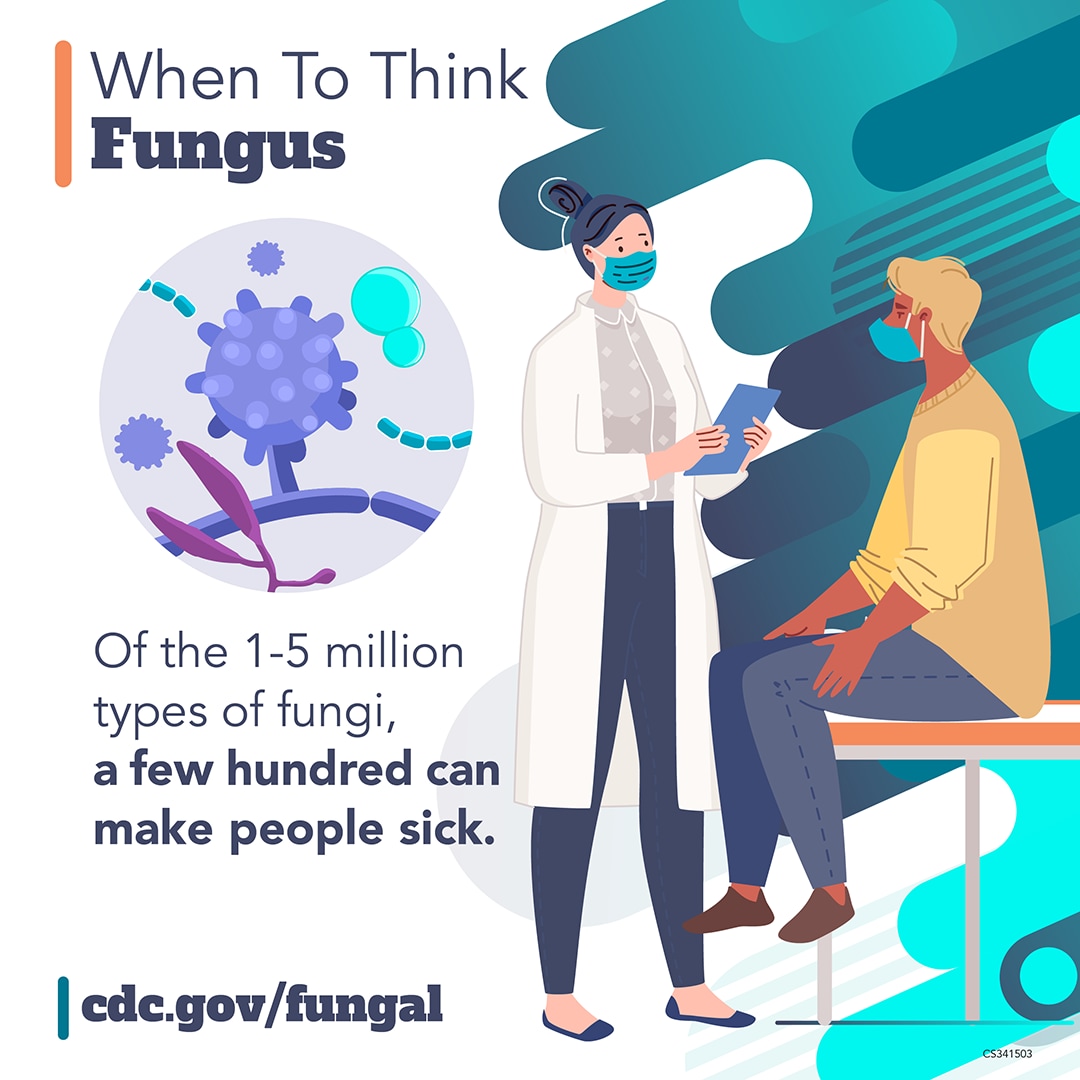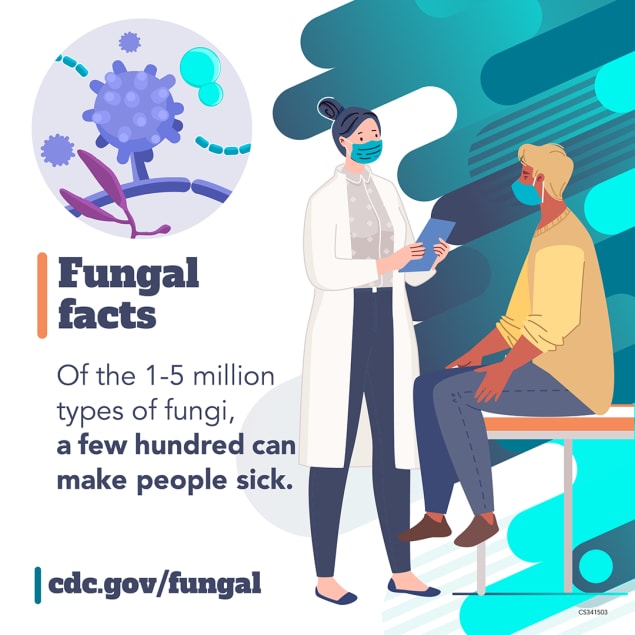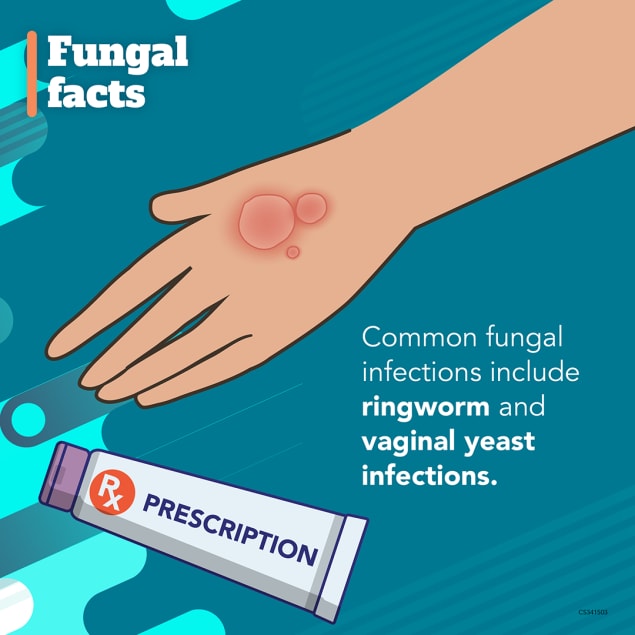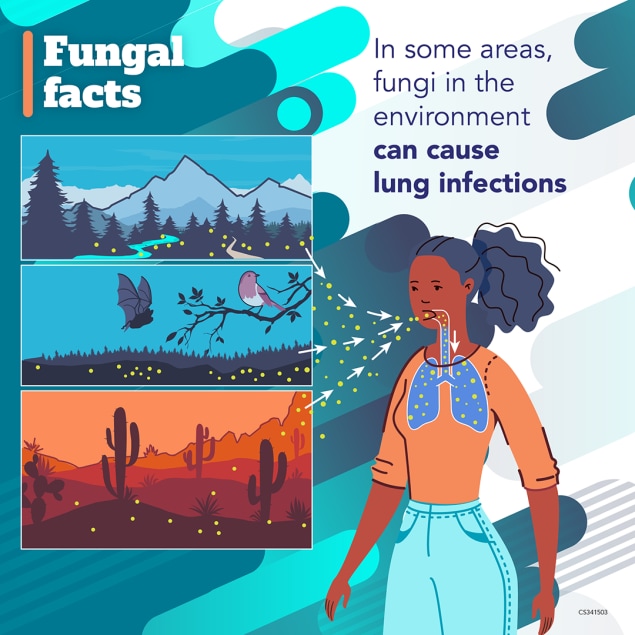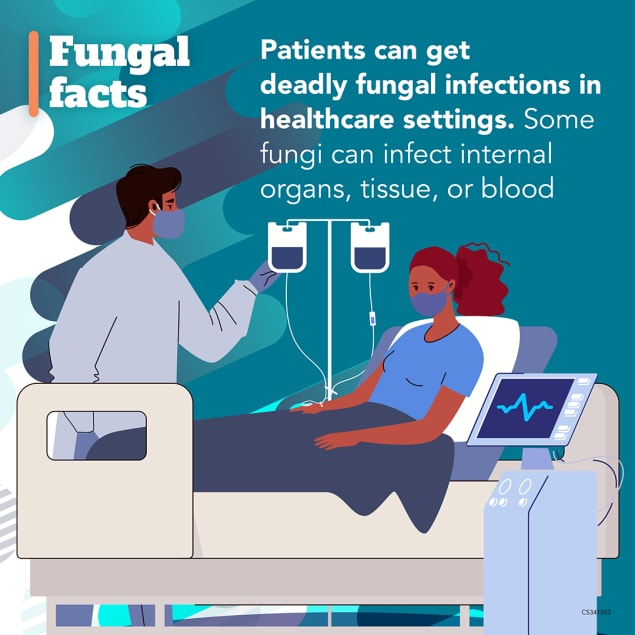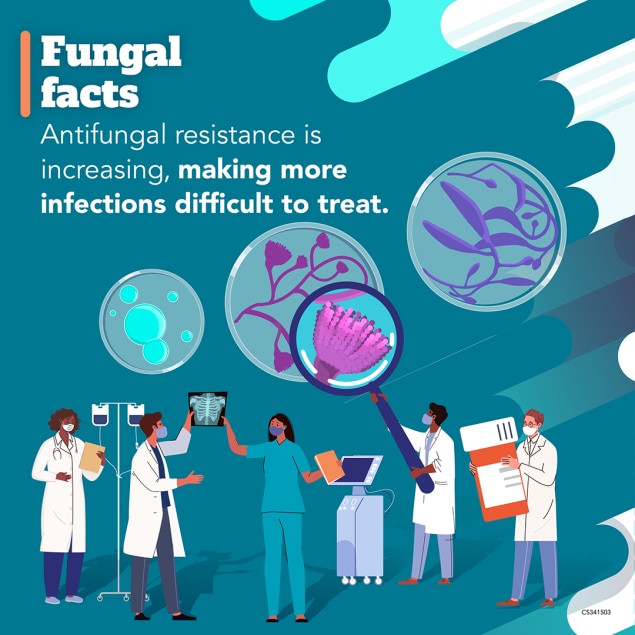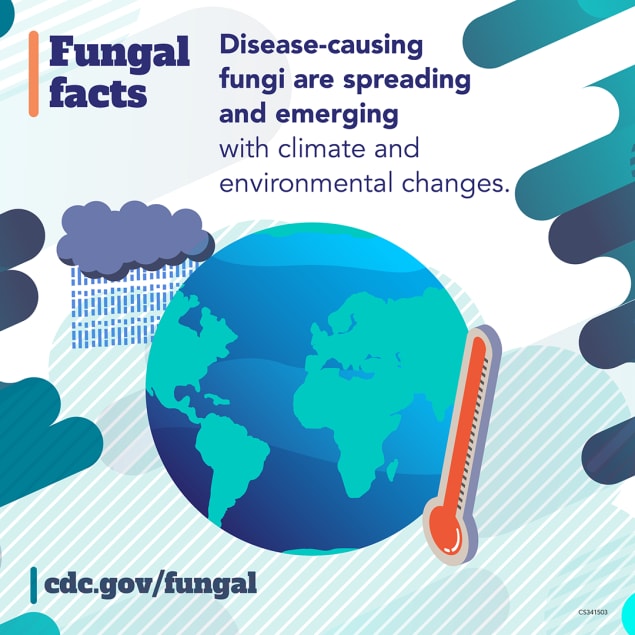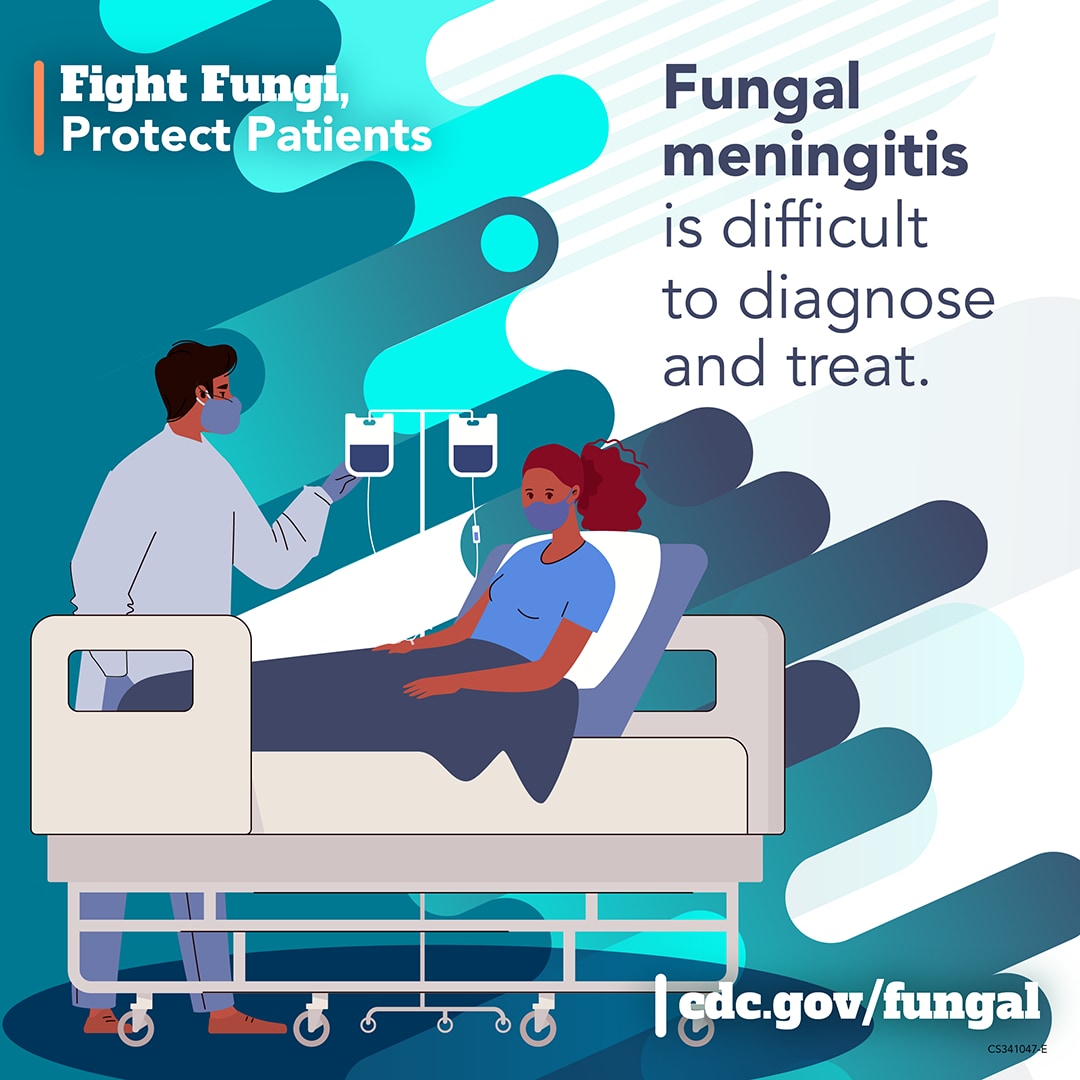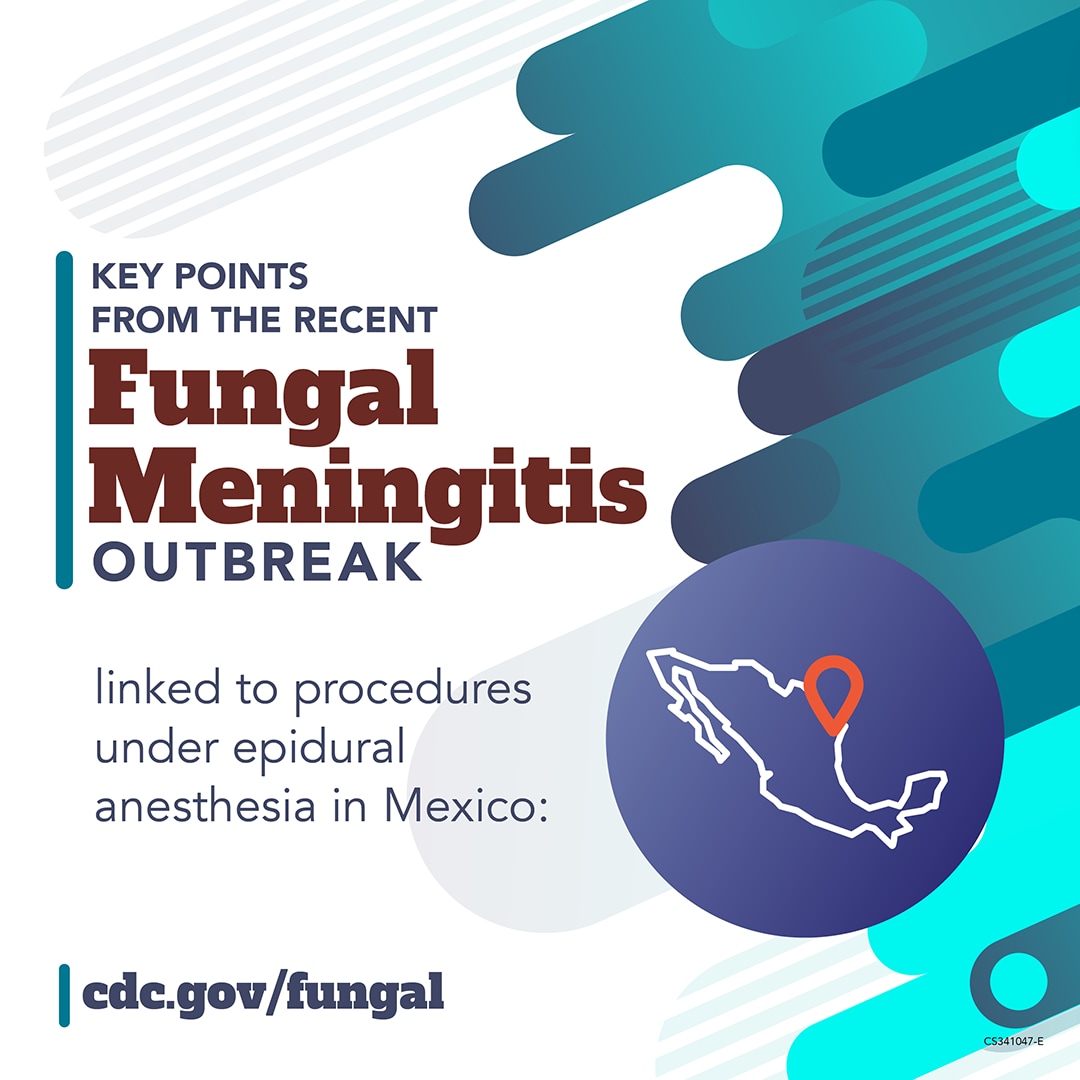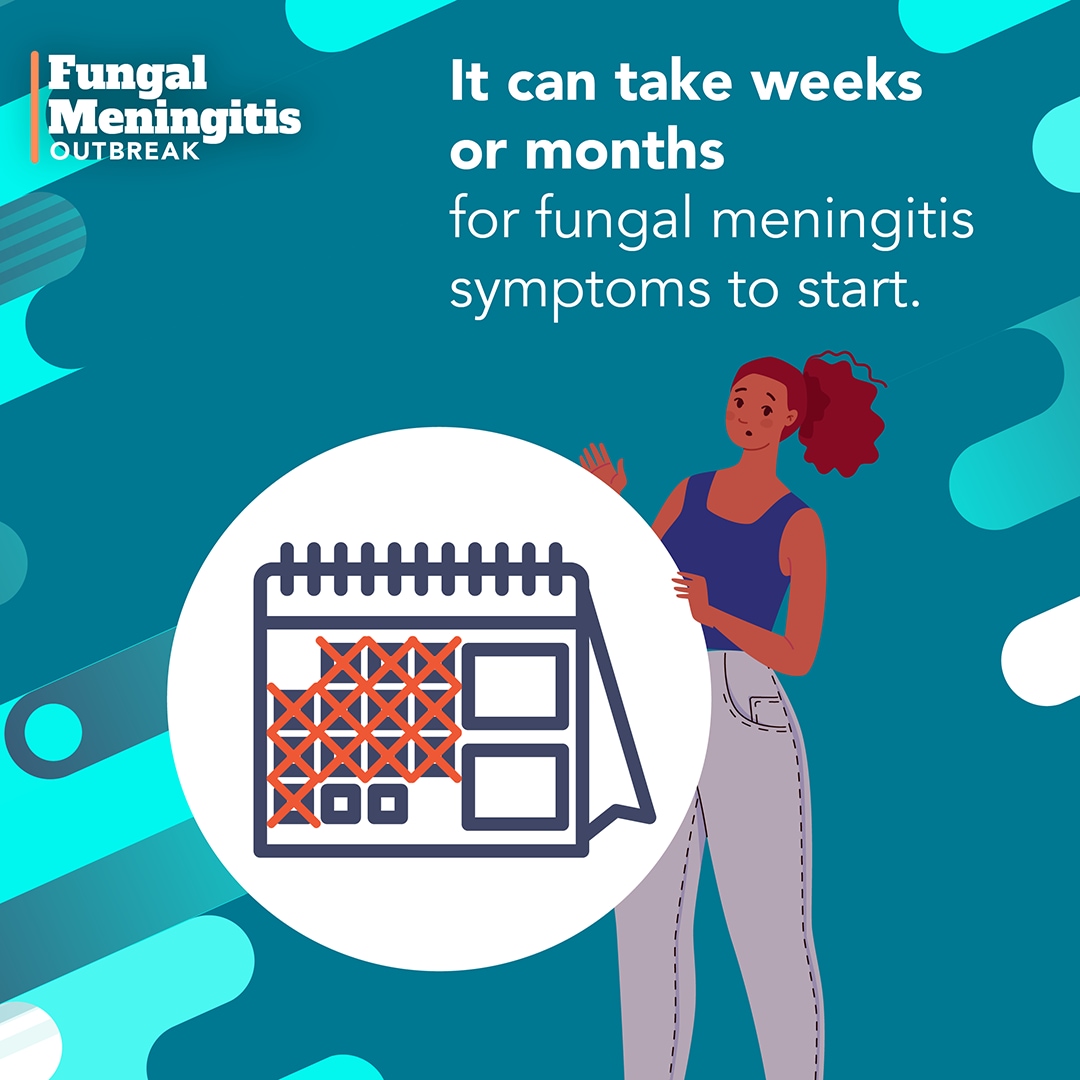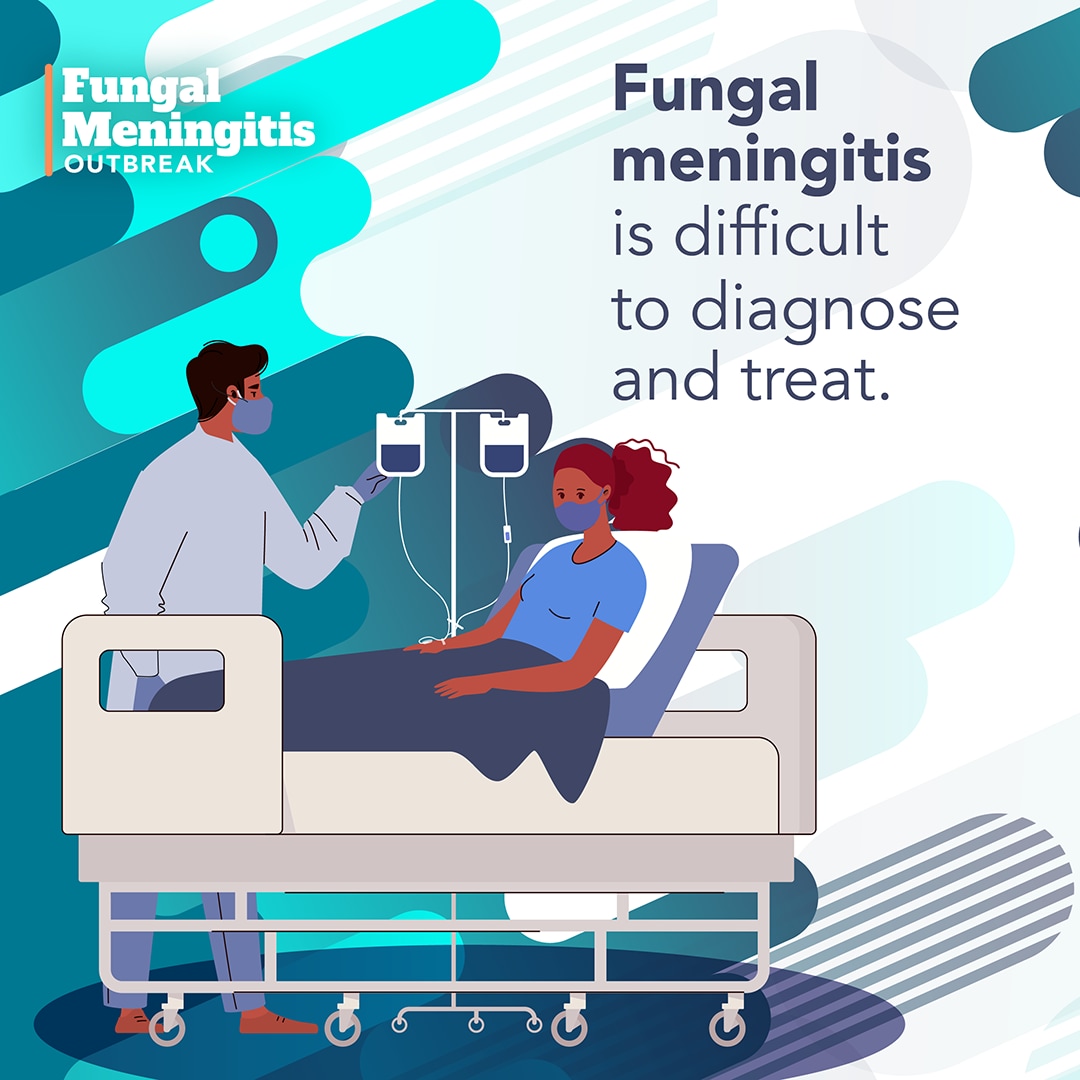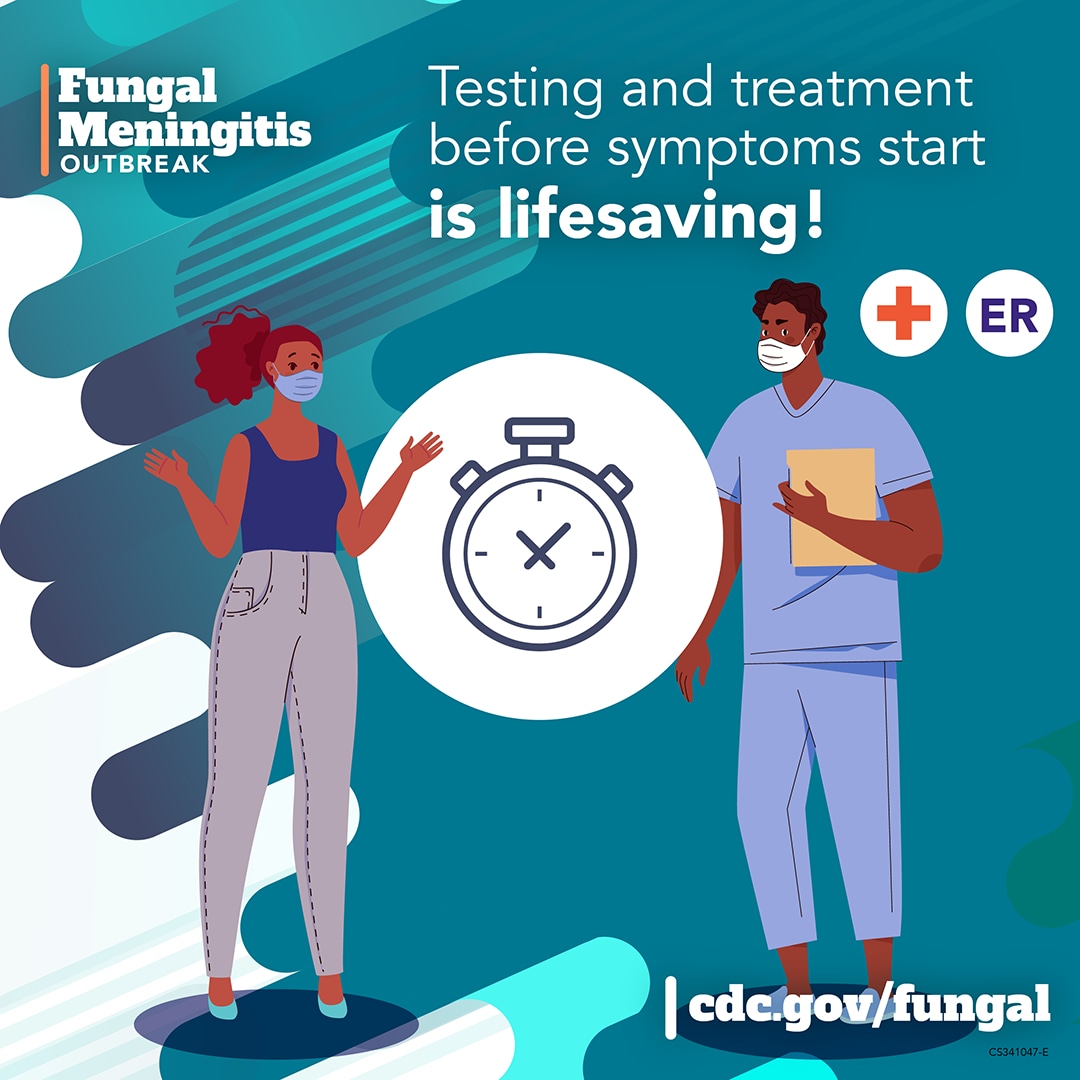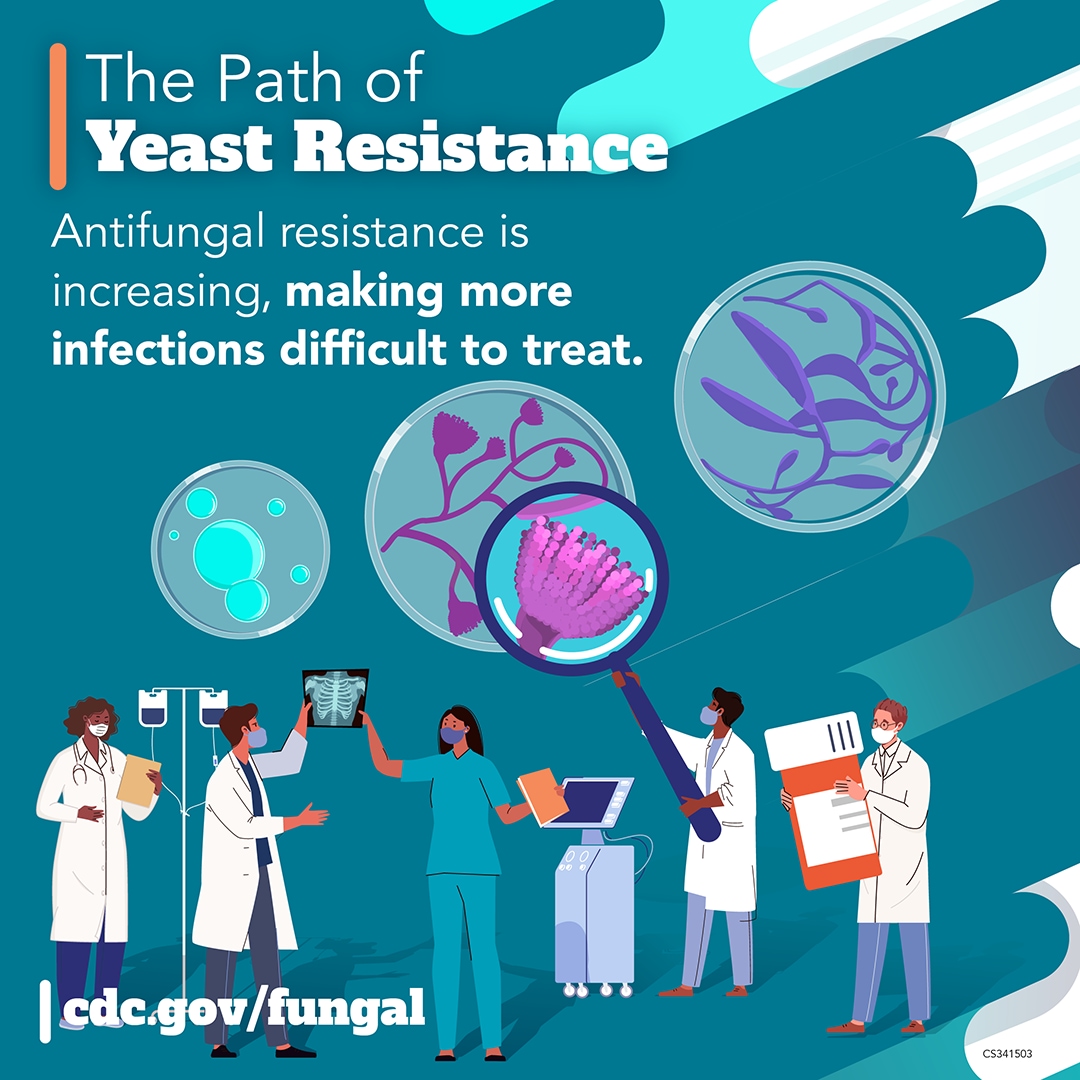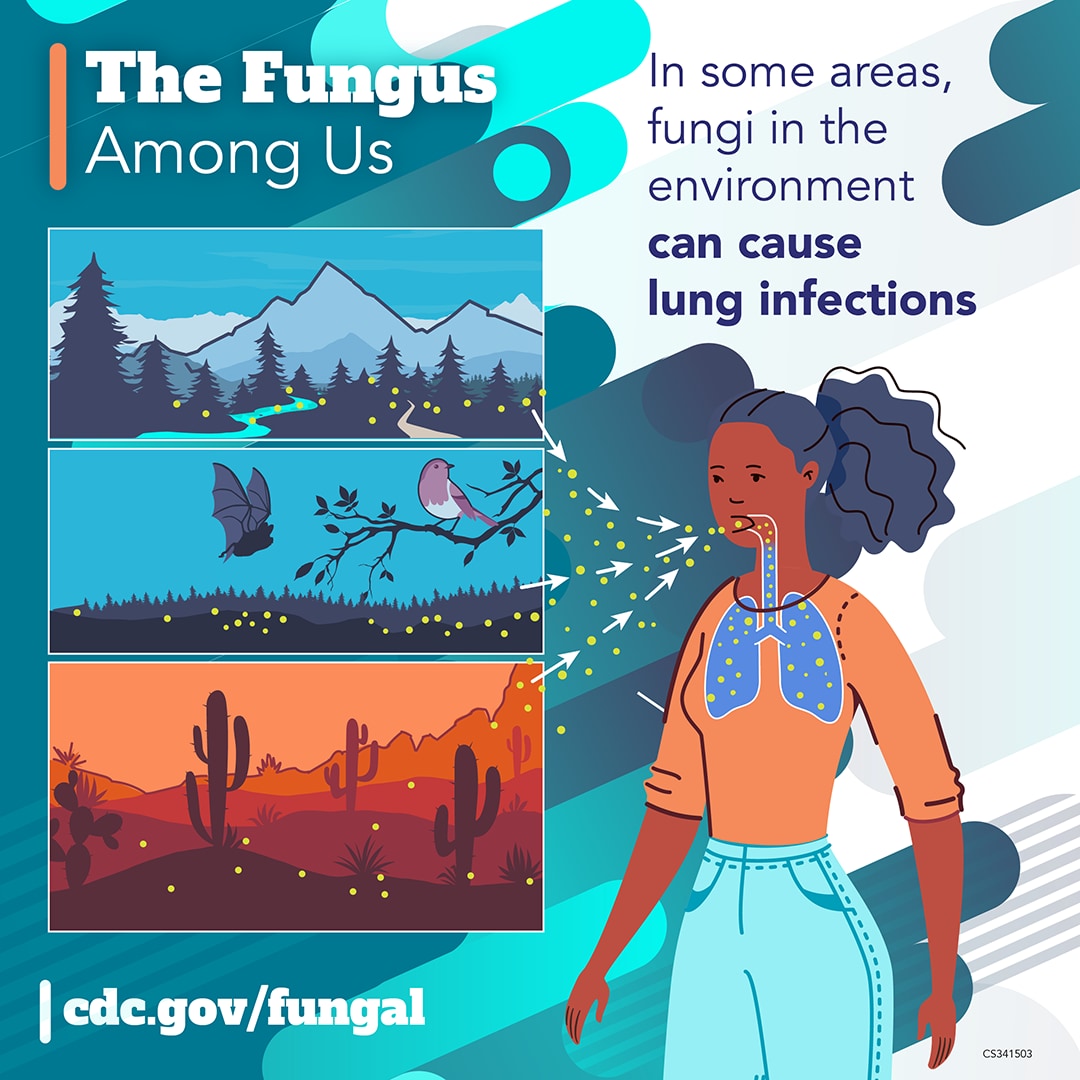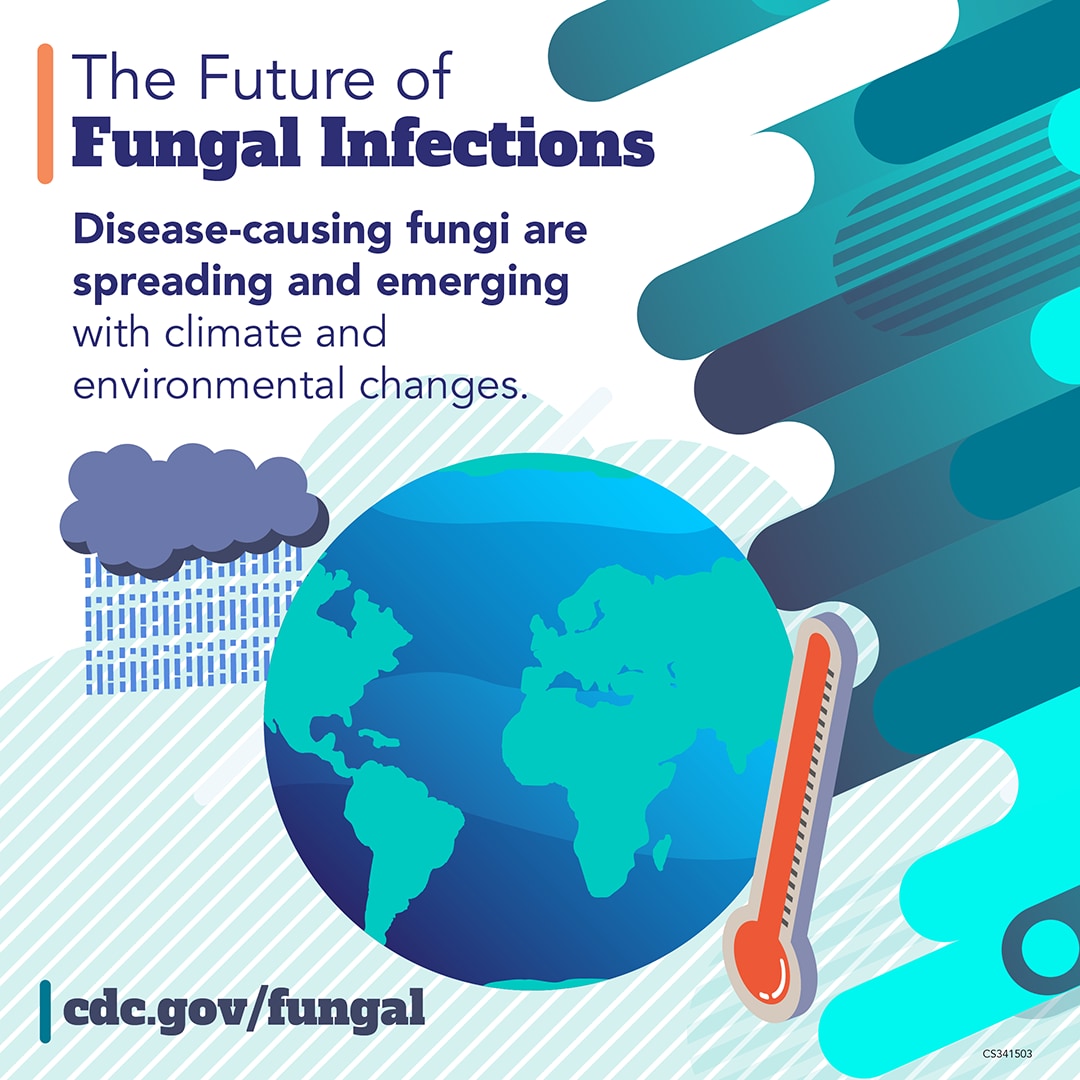
The Growing Need to Think Fungus
Sign up for the Fungal Diseases Newsletter for updates, resources, and information about activities all week.
Update: See recordings from live webinars held during the week.
Why Fungal Disease Awareness is Important
September 18–22, 2023 is Fungal Disease Awareness Week (FDAW). Each year, CDC and partners dedicate FDAW to activities and outreach that encourage everyone to Think Fungus. Several events in 2023 that led up to FDAW demonstrated the growing challenges, complexities, and devastating impact of fungal diseases. These included:
Additional outreach resources on fungal diseases can always be found on our Educational Materials page.
- An unprecedented outbreak of the fungal infection blastomycosis among employees in a papermill in Michigan.
- Newly published data showing sharp annual increases in Candida auris (C. auris) infections.
- A multinational outbreak of fungal meningitis linked to procedures performed under epidural anesthesia in Matamoros, Mexico.
- However, news headlines are not necessary to Think Fungus. Many people are affected by fungal diseases at different points in their lives, whether dealing with a somewhat common ringworm infection or coping with losing a loved one from a healthcare-associated fungal infection. In some parts of the United States and the world, it is difficult to avoid breathing in fungal spores that cause infections like histoplasmosis, blastomycosis, or Valley fever.
Fungal diseases are increasing worldwide, and signs suggest this trend will continue. Studies show that global temperature increases may allow environmental infectious fungi to grow in new areas that were previously too cold. Changes in the climate may also cause fungi to evolve, threatening the rise of new fungal infections. Some researchers believe climate change caused the emergence of the deadly fungus C. auris.
Despite all of this, healthcare providers often miss fungal diseases, at least initially. Misdiagnoses or delayed diagnoses can cost lives. Additionally, fungi that cause infections in people are more often becoming resistant to the limited antifungal medications available. This means it’s more common that fungal diseases cannot be treated with medications designed to stop infections.
Fungal Diseases: Global Challenges and Opportunities
Webinar featuring the World Health Organization, CDC, Pan American Health Organization (PAHO),& National Institute for Communicable Diseases, South Africa
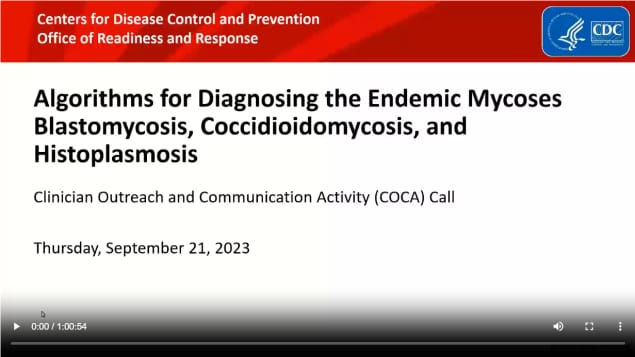
Algorithms for Diagnosing the Endemic Mycoses: Blastomycosis, Coccidioidomycosis, and Histoplasmosis
Clinician Outreach and Communication Activity (COCA) Call featuring new diagnostic algorithms for endemic fungal diseases.
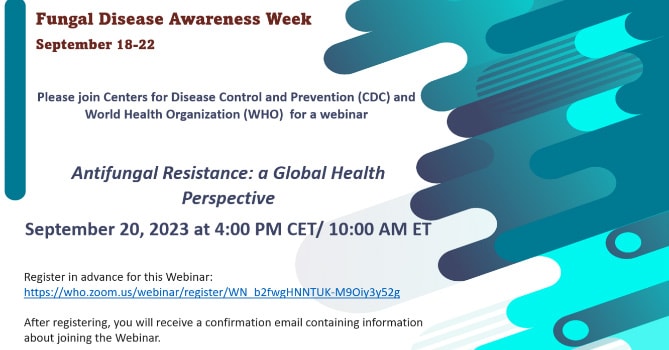
Antifungal Resistance: A Global Health Perspective
Note: to access video, please register with the WHO AMR Community Exchange
CDC and WHO webinar covering new research and surveillance methods and information on Candida auris, and antimicrobial-resistant Aspergillus fumigatus and dermatophyte infections.
Social Media Toolkit
Getting more people to Think Fungus may be the first step to help change the direction of fungal diseases. CDC is sharing a social media toolkit so anyone can download and share graphics and key action messages from their social media accounts. Please use our hashtag, #FungalWeek23.
FDAW, Day 1: When to Think Fungus
There are millions of fungal species, but only a few hundred of them can make people sick. These fungi can cause many different types of illnesses, including asthma, allergies, rashes, lung or bloodstream infections, & meningitis. #FungalWeek23 https://www.cdc.gov/fungal/about-fungal-diseases.html (245 characters plus hyperlink)
Today starts Fungal Disease Awareness Week. Each day of #FungalWeek23 will highlight a different fungal disease theme. Go over fungal facts: https://www.cdc.gov/fungal/features/fungal-infections.html (141 characters plus hyperlink)
FDAW, Day 2: Fight Fungi, Protect Patients
The recent outbreak of fungal meningitis linked to procedures with epidural anesthesia in Mexico highlights some of the challenges of healthcare-associated fungal infections. Read about the outbreak during #FungalWeek23: https://www.cdc.gov/hai/outbreaks/meningitis-epidural-anesthesia.html (221 characters plus link)
FDAW, Day 3: The Path of Yeast Resistance
Only a small number of antifungal medications are available, so antifungal resistance can severely limit treatment options.#FungalWeek23 https://www.cdc.gov/fungal/antifungal-resistance.html (137 characters plus link)
FDAW, Day 4: Fungus and the Environment: There’s Fungus Among Us
Some fungal infections like Valley fever, histoplasmosis, & blastomycosis can look like pneumonia & be misdiagnosed. If you have symptoms that aren’t getting better with treatment, talk to your doctor about possible fungal infections.#FungalWeek23 https://www.cdc.gov/fungal/diseases/community-acquired-pneumonia/index.html (248 characters plus link)
FDAW, Day 5 : The Future of Fungal Infections
Fungi have grown naturally in the outdoor environment for thousands of years. Rising temperatures and increased rain and snow can create favorable environments for fungi.
(Reply thread if using Twitter):
Some disease-causing fungi are predicted to spread to new areas where they previously couldn’t live, and new fungal diseases could emerge because of climate and environmental changes#FungalWeek23. Find out more https://www.cdc.gov/ncezid/what-we-do/climate-change-and-infectious-diseases/index.html (171 characters in part and 211 characters plus link for part 2)
